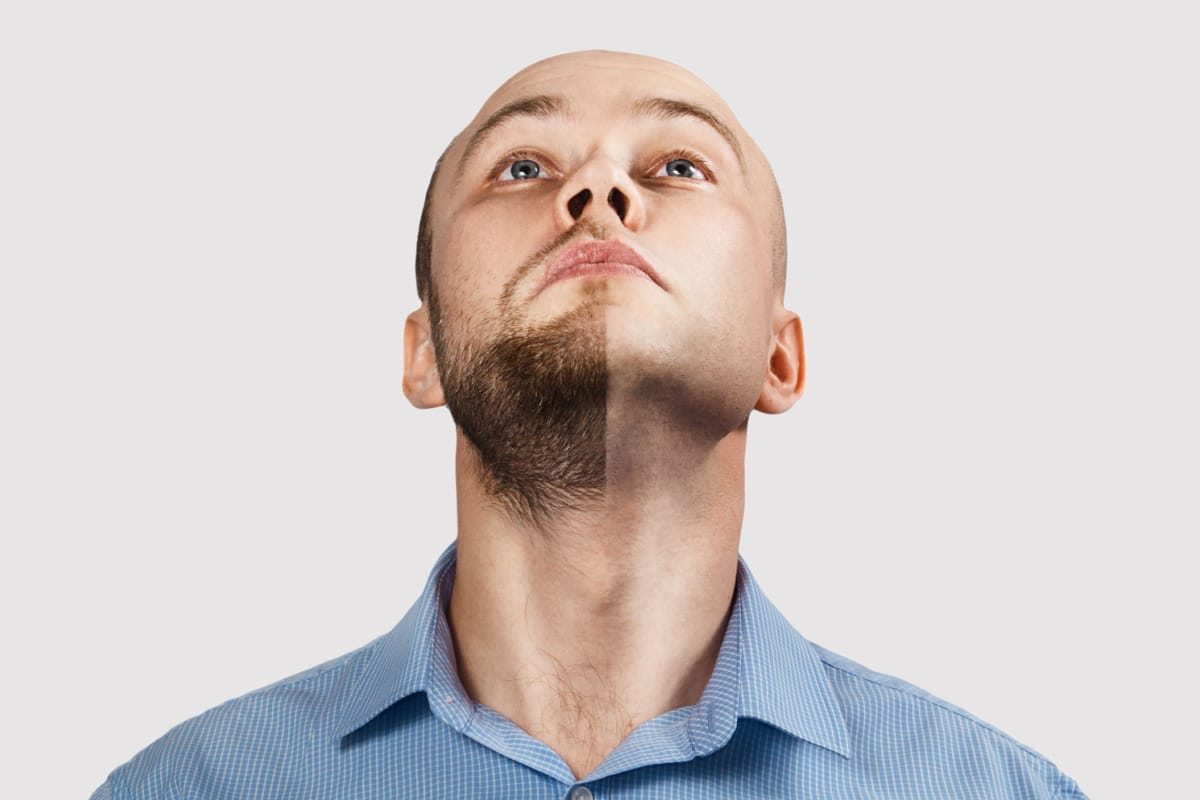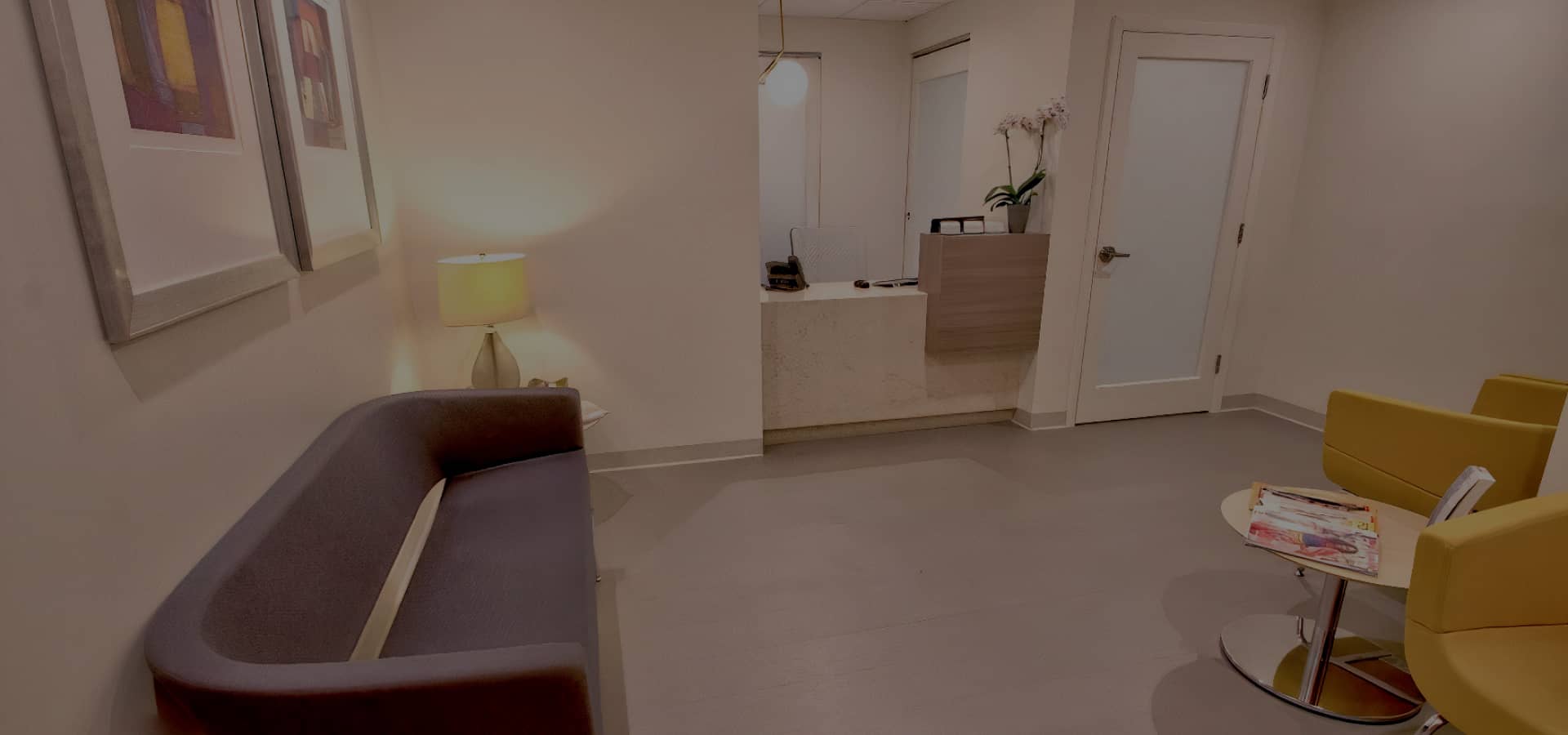Beard transplants have become a popular solution for people seeking a fuller, thicker beard. This cosmetic procedure involves transplanting hair follicles from one part of the body to the facial area to enhance or create facial hair growth. Understanding this process is crucial for anyone considering this treatment option.
Understanding the Beard Transplant Procedure
The beard transplant procedure, also known as facial hair transplants, involves transferring individual hair follicles from a donor site (typically the back of the head) to the facial area. This method ensures a natural look, as the transplanted hairs blend seamlessly with existing facial hair. The two primary techniques used in this procedure are Follicular Unit Extraction (FUE) and Follicular Unit Transplantation (FUT). FUE involves harvesting individual follicles, while FUT requires removing a strip of skin, leaving a linear scar. Both methods aim to achieve denser beard growth with natural results.
The Expected Timeline from Start to Finish
The beard transplant surgery typically takes several hours, depending on the number of follicles being transplanted. After the procedure, the recovery period is relatively short, with most patients resuming normal activities within a few days. The transplanted hair follicles initially shed, a normal part of the process, before permanent hair begins to grow. This growth can be seen as early as three months post-surgery, with the full effect visible after about six to nine months.
Immediate Care and Long-Term Maintenance
Post-surgery care is crucial for the success of beard implants. Avoiding harsh chemicals, excessive touching, and rigorous cleaning is recommended to ensure the best results. Long-term maintenance of the transplanted hair is similar to natural hair care, involving regular washing, trimming, and styling to maintain the desired look.
Determining If You’re a Good Candidate for a Beard Transplant
Eligibility Criteria for Potential Patients
A good candidate for a beard transplant with Dr. Bared should have sufficient donor hair density and be in good overall health. Factors like the extent of facial hair loss, the density of existing facial hair, and individual hair follicles’ quality are considered. A thorough consultation with Dr. Bared can help determine if you’re a suitable candidate for this procedure.
Understanding Your Own Beard Growth Patterns
Before considering a beard transplant, it’s essential to understand your beard hair growth patterns. Some men experience patchy beards due to genetics, while others may have issues with hair loss due to medical conditions. Analyzing these patterns helps Dr. Bared tailor the procedure to meet your facial hair goals.
The Importance of Selecting the Right Surgeon
Credentials and Experience to Look For
When selecting a surgeon for beard transplantation, credentials and experience are crucial. Dr. Bared, known for his expertise in hair restoration procedures, including beard transplants, offers a high success rate and stunning transformations. Look for a surgeon with specialized training in hair transplant techniques and a portfolio of successful cases.
Questions to Ask During a Consultation
During a consultation with Dr. Bared, it’s important to ask about the types of beard transplants offered, the success rate of the procedures, and any potential risks involved. Discussing your desired outcome, beard transplant costs and viewing before-and-after photos of previous patients can also provide clarity and set realistic expectations.
What to Expect During Recovery
Common Postoperative Symptoms and Care
After undergoing beard transplant surgery, it’s common to experience mild swelling, redness, and some discomfort. Dr. Bared will provide detailed instructions on caring for the transplant site, including how to clean the area and manage any discomfort. It’s crucial to follow these instructions meticulously to ensure optimal healing and results.
Timeline for Healing and Seeing Full Results
The initial healing phase typically lasts a few weeks, during which time the transplanted hair follicles will shed. This is a normal part of the process and should not be a cause for concern. The new beard hair begins to grow within a few months, with most patients observing significant growth by six months. The full, stunning transformation is generally visible after nine to twelve months.
Bear Transplantation Outcomes
Before & After Photos
Each patient is unique and individual results may vary*.
Risks and Potential Complications
Recognizing Signs of Infection or Poor Grafting
While beard transplant surgery with Dr. Bared is generally safe, like all surgical procedures, it carries some risks. These include infection, poor grafting, or unnatural-looking results. Recognizing early signs of these complications and consulting with Dr. Bared promptly can mitigate risks and ensure the best possible outcome.
Long-Term Considerations and How to Mitigate Risks
Long-term considerations for beard transplants include understanding that the transplanted hairs are a permanent solution and will require the same care as natural hair. To mitigate risks, choose a reputable surgeon like Dr. Bared, follow all aftercare instructions, and attend all follow-up appointments.
Realistic Results and Setting Expectations
Anticipated Density and Coverage
When considering a beard transplant, it’s essential to have realistic expectations about the density and coverage achievable. Factors like the quality of donor hair and individual hair growth patterns play a significant role in the final outcome. Dr. Bared can provide a realistic assessment based on your unique circumstances.
Variations in Individual Growth and Design
Each patient’s results will vary based on their natural hair characteristics and the number of follicular units transplanted. Dr. Bared customizes each beard transplant procedure to align with the patient’s facial structure and desired look, ensuring a natural and aesthetically pleasing outcome.
Maintenance and Grooming of Your Transplanted Beard
Trimming and Styling Tips
After the transplanted hair follicles have fully grown, regular trimming and styling are necessary to maintain a well-groomed appearance. Using the right tools and techniques can enhance the look of your fuller beard, making it a key aspect of your overall style.
Recommended Products for Transplanted Facial Hair
Dr. Bared may recommend specific products to support the health and appearance of your transplanted beard. These might include gentle shampoos, conditioners, and beard oils that nurture both the transplanted and natural facial hair, promoting a thicker, denser beard.
The Costs and Financial Planning for a Beard Transplant
Breaking Down the Investment
Beard transplant costs vary depending on the extent of the procedure and the number of follicular units required. It’s an investment in your appearance and self-confidence, with the results being a permanent solution for a fuller, more defined beard. Discussing the total cost with Dr. Bared during the consultation is vital to understanding the financial commitment fully.
Options for Financing and Payment Plans
Understanding the financial aspect of beard transplants is crucial. Dr. Bared’s clinic may offer financing options and payment plans to make the procedure more accessible. Exploring these options can help in planning your investment in beard transplantation without financial strain.
Advanced Techniques and Future Trends in Beard Transplantation
Predicting the Direction of Beard Transplant Innovation
Advancements in hair transplant techniques, including those for facial hair, are continually evolving. Techniques like Follicular Unit Excision (FUE) and Follicular Unit Extraction have already marked significant improvements over older methods, offering more natural results and minimizing scarring. Dr. Bared stays at the forefront of these advances, ensuring patients receive the most effective and least invasive treatment options. Future trends may include even more refined methods for harvesting and implanting follicles, potentially enhancing success rates and patient comfort.
How Technological Advancements May Influence Outcomes
The field of hair transplantation, including beard transplants, is witnessing rapid advancements in technology. These advancements not only make procedures more efficient but also improve accuracy and results. Techniques like robotic-assisted hair transplantation and improved graft preservation methods are among the innovations that Dr. Bared might incorporate. These technologies promise to deliver more natural-looking results, optimizing the density and pattern of transplanted hair.
The Long-Term Impact of a Successful Procedure
The impact of a successful beard transplant goes beyond just cosmetic changes. It’s about a permanent solution to patchy beards or lack of hair growth, offering a lifetime of satisfaction. The transplanted hair follicles behave like natural hair, growing continuously and allowing for regular grooming and styling. This long-term solution provides a consistent, natural-looking beard that aligns with your facial hair goals.
Ready to embrace a fuller, thicker beard? Take the first step with Dr. Bared, a leader in beard transplantation. Experience the satisfaction of a high success rate and advanced techniques. Learn more about the procedure, recovery, and care for lasting results. Contact us now to begin your journey toward the perfect beard.



